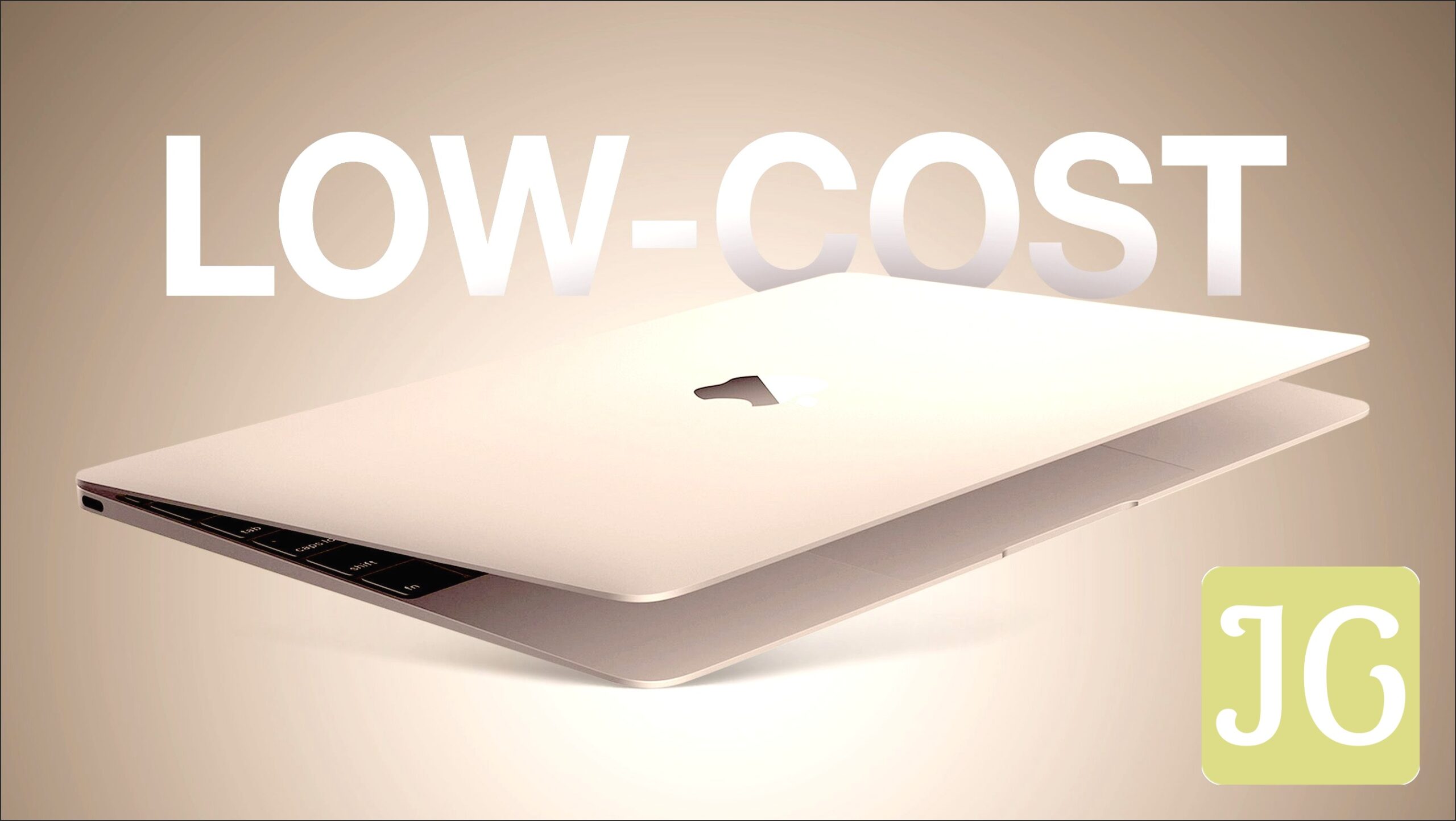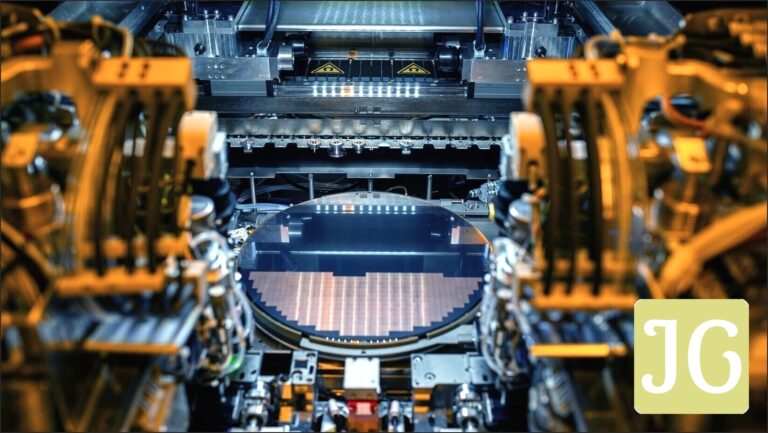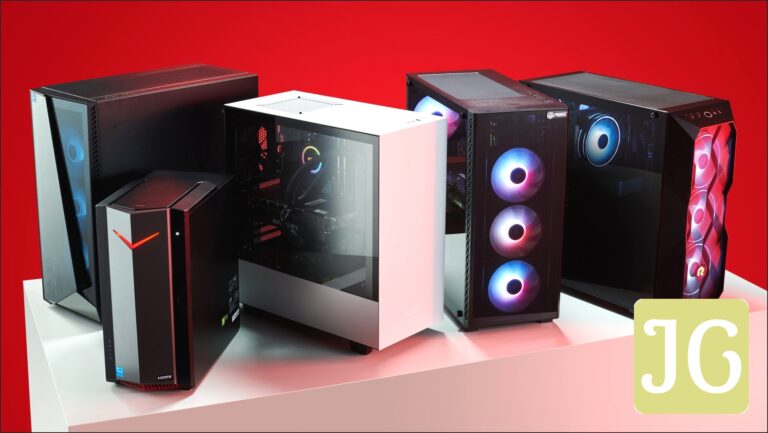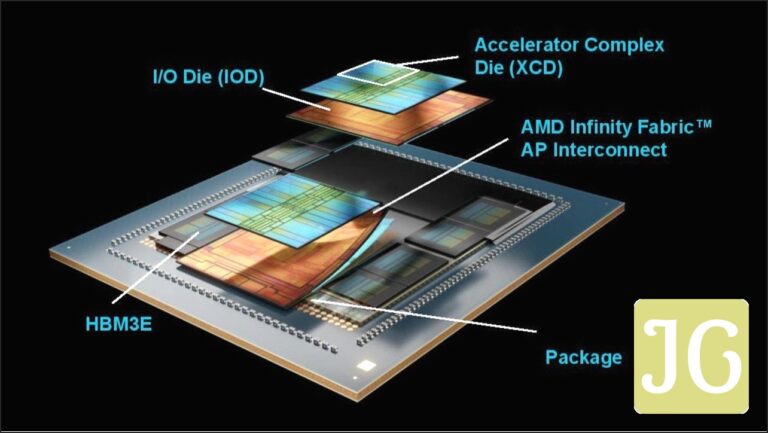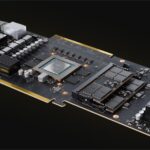A sensational rumor is circulating in the tech sphere: a $599 MacBook, powered by the A18 Pro chip, the very silicon found in the latest iPhone 16 Pro. For JoltGamer, this immediately sparks a critical question: Does this represent a seismic shift, finally making Mac gaming accessible and budget-friendly, or is it a fundamental misunderstanding of what performance-focused gamers truly demand? Our initial Fandom Pulse indicates a strong undercurrent of skepticism, and for good reason. As Leo Grant, my analysis will cut through the speculation to determine if this budget Mac is a genuine game-changer or simply a performance mirage.
The Rumor Mill: What We Know (and Don’t Know) About Apple’s Budget MacBook
- Display & Design: The device is rumored to feature a 12.9-inch Liquid Retina display, making it slightly smaller and potentially more portable than the current 13-inch MacBook Air. It’s expected to retain an ultra-thin, lightweight design, possibly available in Silver, Blue, Pink, and Yellow finishes.
- Aggressive Pricing: Speculated to start between $599 and $699, this MacBook would significantly undercut Apple’s current entry-level 13-inch MacBook Air ($999), positioning it to compete directly with Chromebooks and more affordable Windows laptops.
- The A18 Pro Chip: This marks a significant departure, as it would be the first Mac to utilize an A-series chip, specifically the A18 Pro from the iPhone 16 Pro. This 3nm processor includes a 6-core CPU, a 6-core GPU, and a 16-core Neural Engine.
- Connectivity Limitations: A crucial detail for gamers, the A18 Pro lacks native Thunderbolt support. This suggests the new MacBook would likely be limited to standard USB-C ports, constraining external peripheral options and data transfer speeds.
- Memory & Storage: While the A18 Pro supports 8GB of LPDDR5X-7500 memory, the base model is expected to start with just 8GB of RAM and 256GB of storage, aligning with Apple Intelligence minimums but potentially limiting for gaming.
- Anticipated Launch: Component mass production is projected for late Q3 2025, with full assembly by Q4 2025, pointing to a commercial availability in late 2025 or early 2026. This timeline aligns with analyst Ming-Chi Kuo’s forecasts.
- Market Strategy: Apple’s goal is clear: increase overall MacBook shipments by 30-40% (5-7 million units annually) by targeting a segment previously dominated by budget-friendly alternatives, rather than directly appealing to high-end PC gamers.
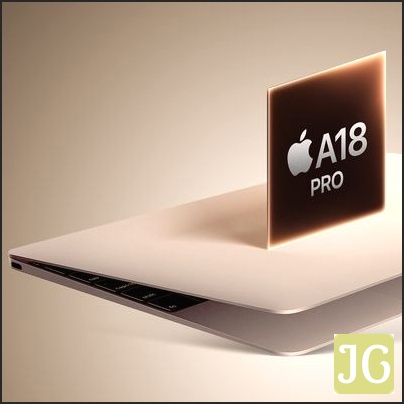
A18 Pro vs. M-Series: The Mobile Brain in a Laptop Body
The most striking aspect of this rumored MacBook is its heart: the A18 Pro chip, a direct transplant from the iPhone 16 Pro. This decision marks a significant architectural divergence from every other Apple silicon Mac, which exclusively leverage the M-series. The A18 Pro, fabricated on TSMC’s advanced 3nm N3E process, is a formidable mobile SoC. It boasts a 6-core CPU (comprising two high-performance and four energy-efficient cores), a 6-core GPU, and a 16-core Neural Engine capable of a staggering 35 TOPS. While the A-series and M-series share a common ARM architecture, the M-series chips are designed from the ground up for sustained laptop performance, featuring more CPU cores, larger integrated GPUs, and significantly higher memory bandwidth. The A18 Pro, despite its impressive mobile prowess, is fundamentally engineered for the thermal and power envelopes of a smartphone, which raises immediate red flags for its sustained performance in a laptop chassis.
Chip Performance Benchmarks
| Chip | Single-Core CPU (Geekbench 6) | Multi-Core CPU (Geekbench 6) | GPU Metal Score (Geekbench 6) | Ray Tracing Support | Memory Bandwidth | TOPS (Neural Engine) |
|---|---|---|---|---|---|---|
| A18 Pro | ~3500 (Comparable to M3/M4) | ~8780 (Comparable to M1) | 6-core (Outperforms 7-core M1 GPU in some tests) | Hardware-accelerated | 60 GB/s (8 GB LPDDR5X-7500) | 35 TOPS (16-core) |
| M1 | ~2200 | ~8000 | 7/8-core | Software-only | 68 GB/s (8/16 GB LPDDR4X-4266) | 11 TOPS (16-core) |
| M3 | ~3100 | ~11800 | 8/10-core | Hardware-accelerated | 100 GB/s (8/16/24 GB LPDDR5-6400) | 18 TOPS (16-core) |
| M4 | ~3700 | ~14500 | 10-core | Hardware-accelerated | 120 GB/s (8/16 GB LPDDR5X-6400) | 38 TOPS (16-core) |
Notes: The A18 Pro showcases impressive single-core CPU performance, rivaling the M3 and M4, and its NPU is on par with the M4. Its 6-core GPU, with hardware ray tracing, can even surpass the M1’s GPU in certain benchmarks. However, the A18 Pro’s multi-core CPU performance lags behind all M-series chips due to fewer cores, and its memory bandwidth and capacity are significantly lower. Crucially, the A18 Pro lacks Thunderbolt support, limiting external display and peripheral options, and its mobile-first design implies a lack of active cooling, which will severely impact sustained performance.
The Gaming Gauntlet: Can the A18 Pro MacBook Deliver?
Casual & Mobile Ports
Given its iPhone 16 Pro heritage, the A18 Pro MacBook is inherently well-suited for casual games and direct mobile ports from the iOS App Store. Titles like Genshin Impact, Call of Duty: Mobile, or even less demanding indie games could run quite well, potentially offering a smooth experience at decent frame rates. This is where the A18 Pro’s strengths, including its efficient architecture and hardware ray tracing, might shine in a laptop form factor, providing a significantly upgraded experience compared to an iPad or iPhone on a larger screen.
Modern AAA Titles
For demanding modern AAA titles, the outlook is grim. The A18 Pro’s limitations become glaringly apparent: its 6-core CPU, while strong in single-core, will struggle with the multi-threaded demands of contemporary PC games. The 8GB RAM, while the minimum for Apple Intelligence, is simply insufficient for many AAA titles, leading to constant paging to slower storage. The lack of Thunderbolt means no eGPU support, a critical lifeline for pushing graphical fidelity. Without these, performance will be severely bottlenecked, reducing complex games to unplayable slideshows or requiring drastic graphical compromises.
Thermal Implications & Sustained Performance
This is arguably the A18 Pro MacBook’s Achilles’ heel for gaming. The A18 Pro, designed for the thermal envelope of a smartphone, does not expect sustained, high-load scenarios without active cooling. In a passively cooled MacBook, continuous gaming sessions will inevitably lead to significant thermal throttling. Benchmarks show that the A18 Pro’s performance drops under prolonged stress, meaning initial impressive frame rates will quickly degrade, leading to inconsistent and frustrating gameplay. This is a fundamental engineering limitation that cannot be overcome by software optimization alone.
Developer Support & Optimization
Even if the hardware could theoretically handle more, the question of developer support looms large. Mac gaming, even on powerful M-series machines, has historically struggled to gain widespread AAA developer attention. Introducing a new, lower-tier Mac with a distinctly different chip architecture (A-series vs. M-series) creates a fragmented ecosystem. Developers are unlikely to invest significant resources optimizing for a niche, budget-focused Mac when the existing M-series Macs already represent a smaller market share compared to Windows PCs. This budget MacBook may find itself in a precarious position, capable of running mobile games but largely ignored by mainstream PC game developers.

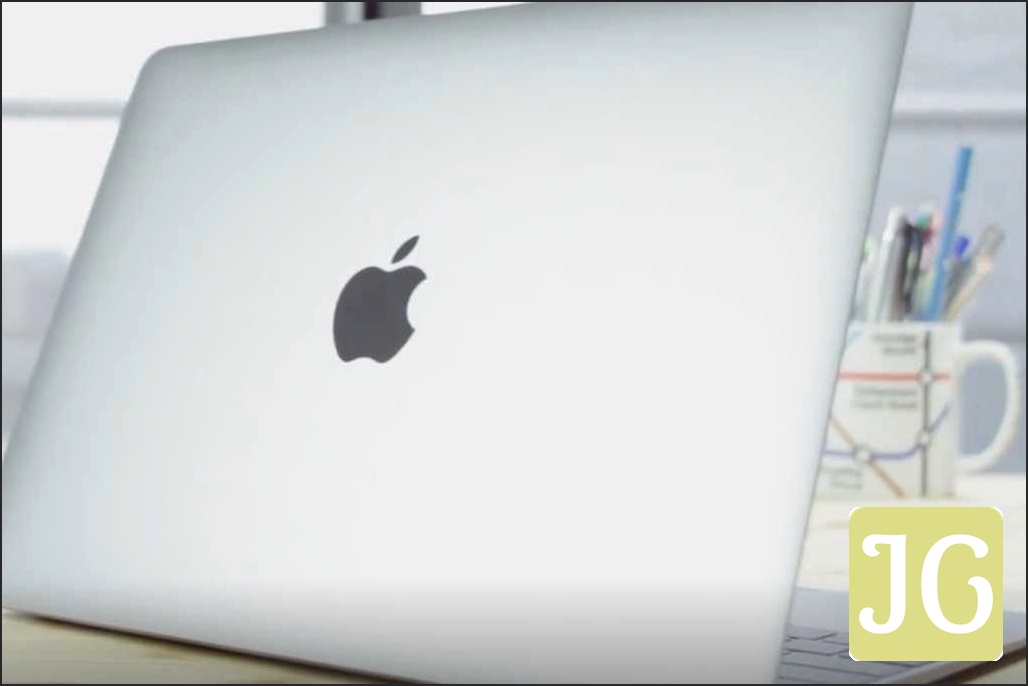
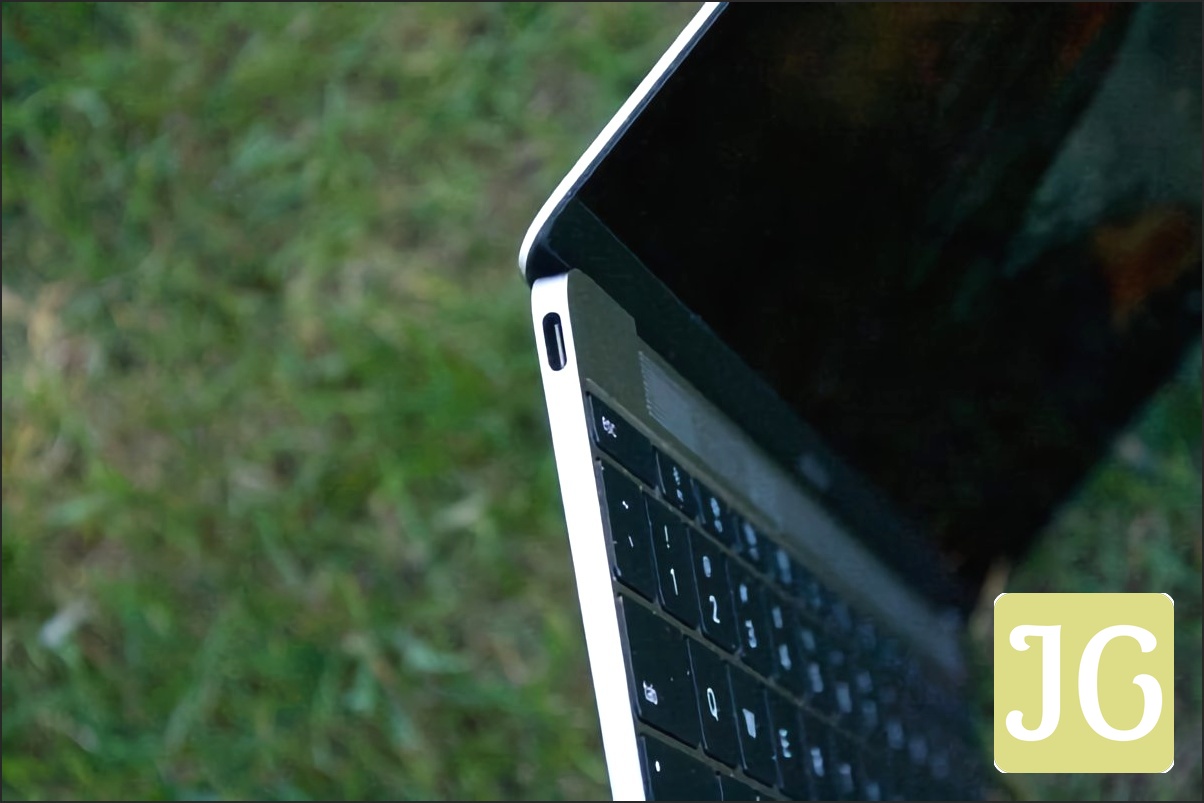
The A18 Pro chip powers the iPhone 16 Pro (left), while the rumored MacBook is expected to share a design aesthetic with the previous 12-inch MacBook (center, right), including limited port options.
The $599 Question: Pros, Cons, and the JoltGamer Verdict
A Gamer’s Look at the A18 Pro MacBook
Pros
- Aggressive Price Point: At $599-$699, it’s an accessible entry into the Mac ecosystem, significantly cheaper than any current MacBook Air.
- Exceptional Portability: The rumored 12.9-inch display and ultra-thin design promise a highly portable device, ideal for light computing on the go.
- Strong Mobile Gaming Potential: Leveraging the A18 Pro, it will likely excel at running iOS-ported games and casual App Store titles with fluid performance.
- Access to Apple Ecosystem: Seamless integration with iPhone, iPad, and other Apple services, offering a unified user experience.
- Efficient Performance for Productivity: For basic tasks, web browsing, and media consumption, the A18 Pro will provide snappy and power-efficient performance.
Cons
- A-Series Chip Limitations for PC Gaming: While powerful for mobile, the A18 Pro’s architecture is not optimized for the sustained, multi-core demands of true PC gaming.
- No Thunderbolt Support: This is a critical omission, severely limiting external display configurations, high-speed peripherals, and crucially, eGPU options.
- Limited RAM & Storage: With likely 8GB RAM and 256GB storage, it falls short of the requirements for most modern AAA titles and extensive game libraries.
- Uncertain Developer Support: The fragmented Mac gaming market makes it unlikely that developers will specifically optimize AAA titles for this niche, A-series powered Mac.
- Severe Thermal Throttling: Without active cooling, sustained gaming will inevitably lead to significant performance drops as the chip overheats.
- Blurring of Lines, Diluted Experience: For gamers, using an iPhone chip in a Mac blurs the line between mobile and desktop gaming, potentially diluting the ‘Mac’ gaming experience rather than enhancing it.
Frequently Asked Questions
A: Empirical data suggests it’s highly unlikely to deliver a playable experience for demanding modern AAA PC games. While the A18 Pro has hardware ray tracing and strong single-core performance, its multi-core CPU, limited 8GB RAM, and lack of active cooling will lead to severe bottlenecks and throttling. Expect unplayable frame rates or significant graphical compromises.
A: The expected 8GB of RAM is a significant limitation for gaming, as many modern titles demand 16GB or more. This will result in constant paging to slower storage, causing stutters and load time issues. While the 12.9-inch Liquid Retina display is good, the lack of Thunderbolt means limited external display support, potentially hindering multi-monitor setups or high-refresh rate displays that serious gamers often utilize.
A: For casual and mobile-ported games, the A18 Pro might surprise, potentially outperforming even the M1’s GPU in some scenarios. However, for true PC gaming, the M-series Macs, particularly the M1 and M3 with their superior multi-core CPU performance, higher memory capacities, and active cooling solutions, will offer a far more consistent and capable experience. The A18 Pro will suffer from sustained performance drops that M-series Macs with active cooling can largely avoid.
A: It’s improbable. The Mac gaming market is already a smaller segment, and developers prioritize platforms with larger user bases. Introducing a new Mac with a unique A-series chip, distinct from the M-series, further fragments the ecosystem. It’s more realistic to expect this MacBook to run iOS ports and casual Mac App Store games well, rather than receiving dedicated AAA PC game optimizations.
Based on a meticulous analysis of the A18 Pro’s specifications and the rumored MacBook’s design, our verdict at JoltGamer is clear: while the $599 MacBook is an intriguing strategic play for Apple’s market share, it is demonstrably not a viable gaming machine for our core audience. The Fandom Pulse’s skepticism is well-founded; this is not the budget Mac gaming revolution serious PC gamers are waiting for.
Ultimately, the rumored A18 Pro MacBook represents an exciting strategic maneuver for Apple, aimed at expanding its overall market share by offering an aggressively priced entry point into the Mac ecosystem. For JoltGamer’s audience, however, this device is likely to remain a machine primarily for casual gaming, mobile ports, and everyday productivity, rather than a true gateway into mainstream PC gaming. The fundamental architectural and thermal limitations of adapting a mobile chip for sustained laptop workloads, coupled with the absence of essential gaming features like Thunderbolt and sufficient RAM, create a performance ceiling that serious gamers will quickly hit. The definition of a ‘gaming MacBook’ for demanding titles remains firmly rooted in the M-series, especially the Pro models, which offer the necessary CPU cores, GPU power, memory bandwidth, and thermal solutions to deliver a consistently robust experience. For now, the budget Mac gaming dream remains just that – a dream, not a data-backed reality.
